Grow Bok Choy Indoors? Absolutely! Imagine fresh, crisp bok choy, bursting with flavor, ready to harvest right from your windowsill. Forget those limp, overpriced greens at the grocery store. I’m going to show you how to cultivate your own thriving bok choy crop, no matter where you live or how limited your outdoor space might be.
Bok choy, also known as pak choi, has been a staple in Asian cuisine for centuries, with roots tracing back to ancient China. It’s not just delicious; it’s packed with vitamins and nutrients, making it a healthy and versatile addition to any meal. But you don’t need a sprawling farm to enjoy this leafy green.
In today’s busy world, we’re all looking for ways to connect with nature and eat healthier. Growing bok choy indoors offers the perfect solution. It’s a rewarding and surprisingly easy project that brings a touch of green into your home and provides you with a constant supply of fresh, organic vegetables. Plus, it’s a fantastic way to reduce your carbon footprint and save money on groceries! So, let’s dive into these simple DIY tricks and hacks that will have you harvesting your own bok choy in no time!
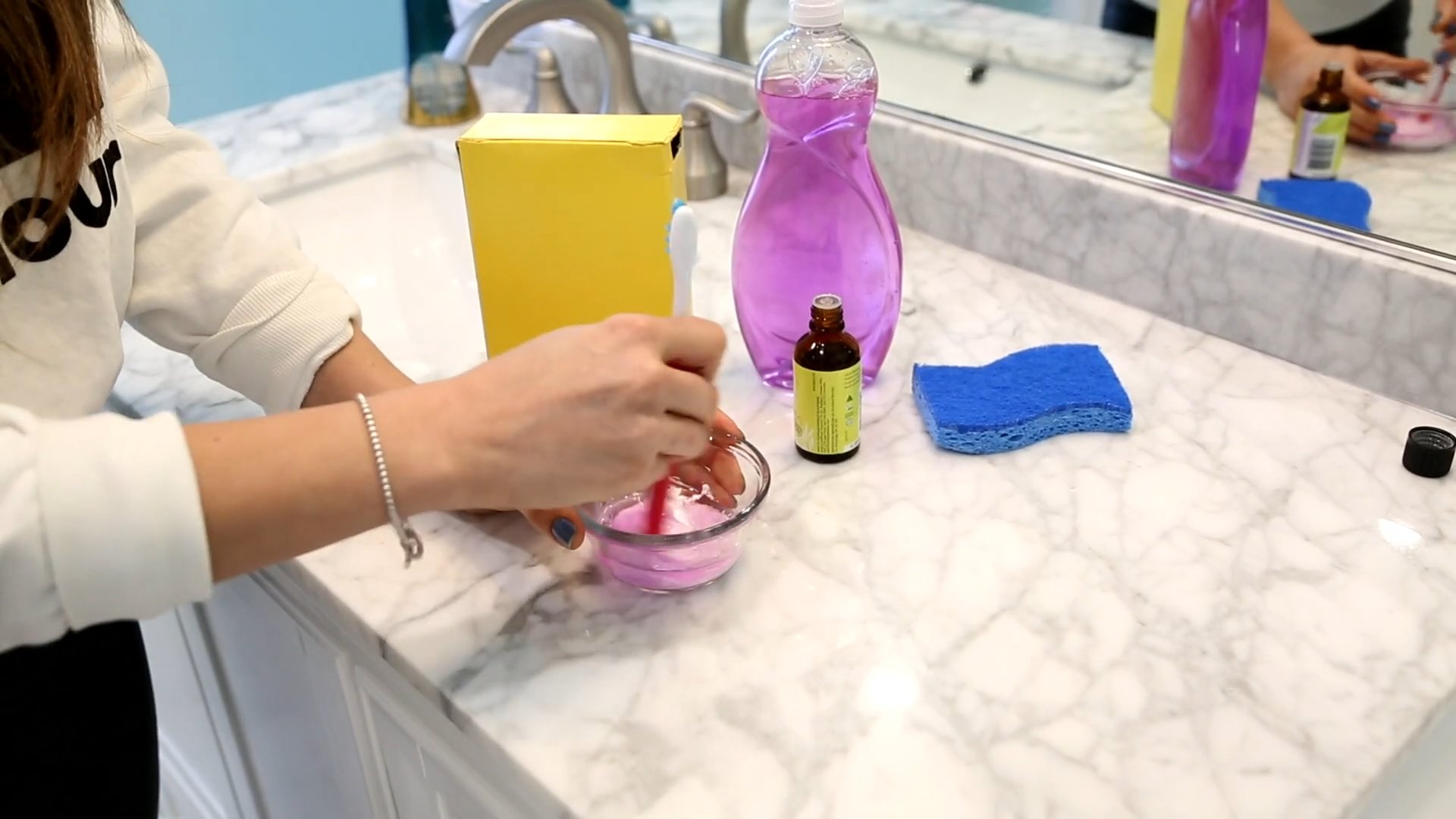
Grow Your Own Bok Choy Indoors: A Beginner’s Guide
Hey there, fellow plant enthusiasts! Ever thought about growing your own fresh, crisp bok choy right in your kitchen? It’s easier than you might think, and trust me, nothing beats the flavor of homegrown veggies. I’ve been doing this for a while now, and I’m excited to share my secrets to success with you. So, let’s dive into how you can cultivate your own little bok choy garden indoors!
What You’ll Need
Before we get our hands dirty, let’s gather all the necessary supplies. Having everything ready beforehand will make the whole process smoother and more enjoyable. Here’s what you’ll need:
* **Bok Choy Seeds:** You can find these at most garden centers or online. Look for varieties specifically suited for container gardening, like ‘Dwarf Bok Choy’ or ‘Baby Bok Choy.’
* **Seed Starting Tray or Small Pots:** These are perfect for starting your seeds indoors. I prefer using seed starting trays with a humidity dome to help with germination.
* **Potting Mix:** Use a high-quality, well-draining potting mix. Avoid using garden soil, as it can be too heavy and compact for container gardening.
* **Larger Pots (at least 6 inches in diameter):** Once your seedlings are big enough, you’ll need to transplant them into larger pots to allow them to grow to their full potential.
* **Grow Lights (optional but recommended):** Bok choy needs plenty of light, so if you don’t have a sunny windowsill, grow lights are a great investment.
* **Watering Can or Spray Bottle:** For gentle watering.
* **Fertilizer:** A balanced liquid fertilizer will help your bok choy thrive.
* **Spray Bottle with Water:** For misting the seedlings.
* **A Sunny Windowsill or Shelving Unit:** Somewhere to place your plants.
Phase 1: Starting Your Seeds
This is where the magic begins! Getting your seeds started correctly is crucial for a successful harvest.
1. **Prepare Your Seed Starting Tray:** Fill your seed starting tray or small pots with the potting mix. Gently press down on the soil to create a firm, even surface.
2. **Sow the Seeds:** Sprinkle a few bok choy seeds on top of the soil in each cell or pot. You don’t need to bury them too deep; just lightly press them into the soil.
3. **Cover the Seeds:** Sprinkle a thin layer of potting mix over the seeds, just enough to cover them.
4. **Water Gently:** Use a spray bottle to gently mist the soil. You want to moisten the soil without disturbing the seeds.
5. **Cover with a Humidity Dome (if using):** This will help create a warm, humid environment that’s ideal for germination.
6. **Place in a Warm Location:** Find a warm spot in your home, ideally around 70-75掳F (21-24掳C). A heat mat can also be helpful if your home is cooler.
7. **Keep the Soil Moist:** Check the soil daily and mist it with water whenever it feels dry. Don’t let the soil dry out completely, but also avoid overwatering.
8. **Wait for Germination:** Bok choy seeds typically germinate within 5-10 days. Once you see sprouts, remove the humidity dome (if using) and move the tray to a location with more light.
Phase 2: Nurturing Your Seedlings
Once your seeds have sprouted, it’s time to focus on nurturing your seedlings and helping them grow strong and healthy.
1. **Provide Adequate Light:** Bok choy needs at least 6 hours of sunlight per day. If you don’t have a sunny windowsill, use grow lights to supplement the natural light. Position the grow lights a few inches above the seedlings.
2. **Water Regularly:** Water your seedlings whenever the top inch of soil feels dry. Be careful not to overwater, as this can lead to root rot.
3. **Thin the Seedlings:** Once your seedlings have developed a few true leaves (the second set of leaves that appear after the initial seed leaves), thin them out so that only one strong seedling remains in each cell or pot. Use small scissors to snip off the weaker seedlings at the soil level.
4. **Fertilize:** Start fertilizing your seedlings with a balanced liquid fertilizer diluted to half strength. Fertilize every 2-3 weeks.
5. **Monitor for Pests and Diseases:** Keep an eye out for any signs of pests or diseases. Common pests that can affect bok choy include aphids and cabbage worms. If you spot any pests, you can try spraying them with insecticidal soap or neem oil.
Phase 3: Transplanting Your Seedlings
Once your seedlings have grown large enough, it’s time to transplant them into larger pots where they can continue to grow and mature.
1. **Choose the Right Pots:** Select pots that are at least 6 inches in diameter. Make sure the pots have drainage holes to prevent waterlogging.
2. **Prepare the Pots:** Fill the pots with fresh potting mix.
3. **Carefully Remove the Seedlings:** Gently remove the seedlings from their seed starting tray or small pots. Be careful not to damage the roots.
4. **Plant the Seedlings:** Plant each seedling in its own pot, making sure the top of the root ball is level with the soil surface.
5. **Water Thoroughly:** Water the newly transplanted seedlings thoroughly.
6. **Place in a Sunny Location:** Place the pots in a sunny location or under grow lights.
Phase 4: Caring for Your Mature Bok Choy Plants
Now that your bok choy plants are in their final pots, it’s time to provide them with the care they need to thrive and produce a bountiful harvest.
1. **Watering:** Water your bok choy plants regularly, whenever the top inch of soil feels dry. Avoid overwatering, as this can lead to root rot.
2. **Fertilizing:** Continue fertilizing your bok choy plants every 2-3 weeks with a balanced liquid fertilizer.
3. **Light:** Ensure your bok choy plants receive at least 6 hours of sunlight per day. If you’re using grow lights, keep them on for 12-14 hours per day.
4. **Temperature:** Bok choy prefers cooler temperatures, ideally between 60-70掳F (15-21掳C). Avoid exposing your plants to extreme heat or cold.
5. **Air Circulation:** Good air circulation is important for preventing diseases. Make sure your plants have enough space between them and that the air is circulating freely. A small fan can help with this.
6. **Pest and Disease Control:** Continue to monitor your plants for pests and diseases. Treat any problems promptly to prevent them from spreading.
7. **Bolting:** Bolting is when the plant starts to produce flowers and seeds prematurely. This can happen if the plant is exposed to high temperatures or stress. To prevent bolting, keep your plants well-watered and fertilized, and avoid exposing them to extreme heat.
Phase 5: Harvesting Your Bok Choy
The moment you’ve been waiting for! Harvesting your homegrown bok choy is incredibly rewarding.
1. **When to Harvest:** You can start harvesting your bok choy when the leaves are about 6-8 inches long. Baby bok choy can be harvested even earlier.
2. **How to Harvest:** You can harvest the entire plant at once by cutting it off at the base, or you can harvest individual leaves as needed. If you harvest individual leaves, the plant will continue to produce new leaves.
3. **Harvesting Individual Leaves:** Start by harvesting the outer leaves first, leaving the inner leaves to continue growing.
4. **Harvesting the Entire Plant:** Use a sharp knife to cut the plant off at the base, just above the soil line.
5. **Enjoy Your Harvest:** Wash your bok choy thoroughly and enjoy it in salads, stir-fries, soups, or any other dish you like. Freshly harvested bok choy tastes amazing!
Troubleshooting Tips
Even with the best care, you might encounter some challenges along the way. Here are a few common problems and how to address them:
* **Yellowing Leaves:** This could be a sign of overwatering, underwatering, or nutrient deficiency. Check the soil moisture and adjust your watering accordingly. If the soil is consistently moist, reduce watering. If the soil is dry, water more frequently. You may also need to fertilize your plants.
* **Leggy Seedlings:** This means your seedlings aren’t getting enough light. Move them to a sunnier location or use grow lights.
* **Pests:** Aphids, cabbage worms, and other pests can attack bok choy. Inspect your plants regularly and treat any infestations promptly with insecticidal soap or neem oil.
* **Root Rot:** This is caused by overwatering and poor drainage. Make sure your pots have drainage holes and avoid overwatering. If you suspect root rot,
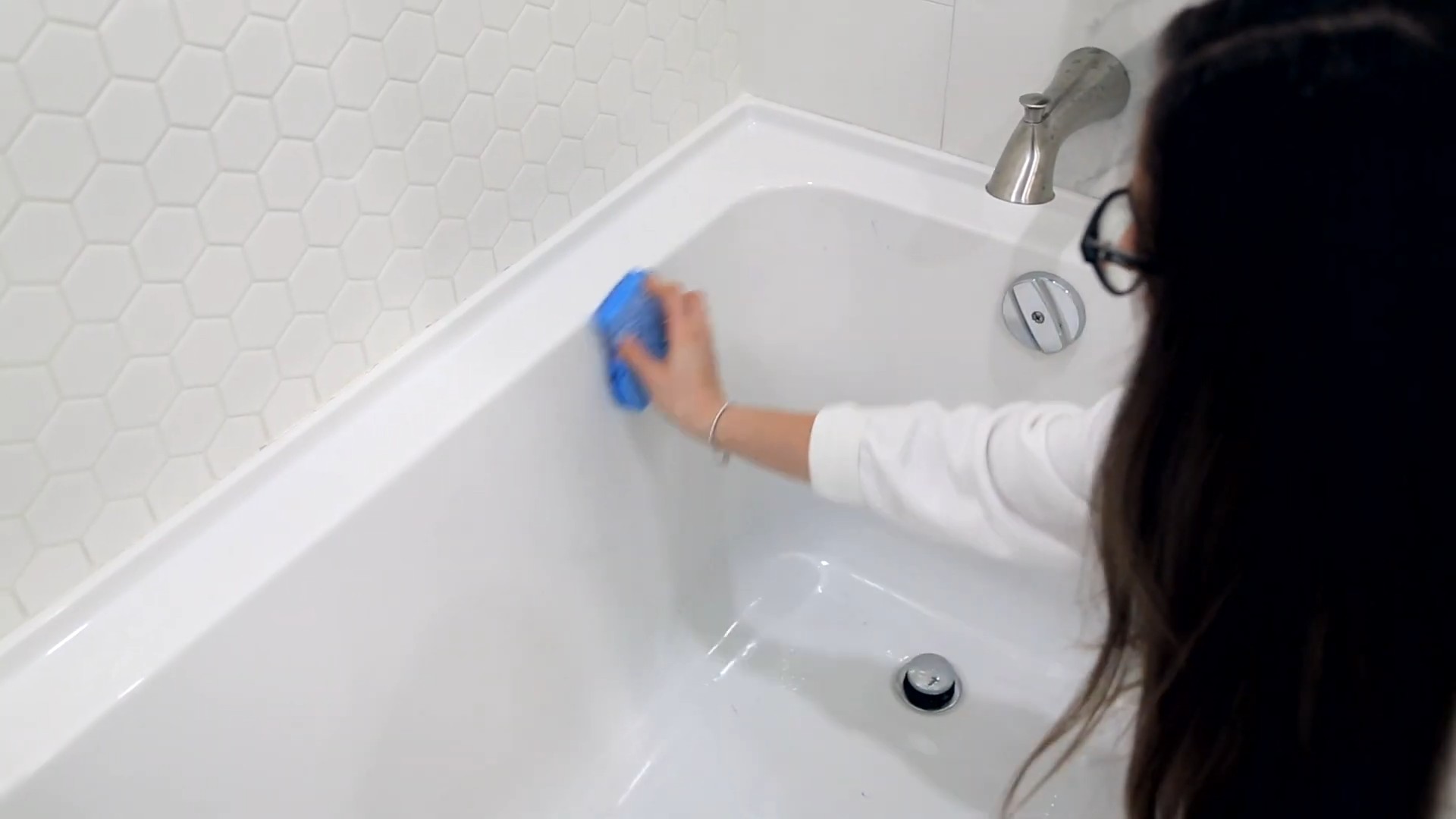
Conclusion
So, there you have it! Growing your own bok choy indoors is not only achievable, but it’s also incredibly rewarding. Imagine fresh, crisp bok choy readily available, adding a vibrant touch to your stir-fries, soups, and salads, all year round. This DIY project is a game-changer for anyone who loves fresh produce and wants to take control of their food source, regardless of the season or outdoor space limitations.
Why is this a must-try? Because it empowers you to enjoy the unparalleled freshness and flavor of homegrown vegetables. Store-bought bok choy simply can’t compare to the vibrant taste and satisfying crunch of bok choy you’ve nurtured yourself. Plus, you have complete control over the growing process, ensuring your bok choy is free from harmful pesticides and chemicals. It’s a healthier, tastier, and more sustainable way to enjoy this nutritious leafy green.
Beyond the basic method, there are plenty of ways to customize your indoor bok choy garden. Experiment with different varieties of bok choy, such as the miniature ‘Toy Choy’ or the vibrant purple ‘Red Choi.’ You can also explore different growing mediums, from traditional potting soil to hydroponic systems. Consider adding companion plants like basil or chives to your indoor garden to deter pests and enhance the flavor of your bok choy. If you’re short on space, vertical gardening systems are a fantastic option for maximizing your yield.
Don’t be intimidated by the idea of indoor gardening. Growing bok choy indoors is surprisingly simple, even for beginners. With a little patience and attention, you’ll be harvesting your own delicious bok choy in no time. The satisfaction of nurturing a plant from seed to table is truly unmatched.
We wholeheartedly encourage you to give this DIY trick a try. It’s a fun, educational, and ultimately delicious experience. Once you’ve tasted the difference between homegrown and store-bought bok choy, you’ll never look back.
And most importantly, we want to hear about your experience! Share your tips, tricks, and triumphs in the comments below. Let us know what worked for you, what challenges you faced, and any creative variations you’ve discovered. Your insights will help other aspiring indoor gardeners succeed in their own bok choy growing adventures. Let’s build a community of indoor gardening enthusiasts and share the joy of growing our own food! Embrace the journey of cultivating your own fresh, flavorful bok choy indoors and discover the immense satisfaction it brings.
FAQ
What are the best bok choy varieties to grow indoors?
While most bok choy varieties can be grown indoors, some are better suited for container gardening due to their size and growth habits. Miniature varieties like ‘Toy Choy’ and ‘Baby Bok Choy’ are excellent choices as they mature quickly and don’t require as much space. ‘Mei Qing Choi’ is another popular option known for its compact size and mild flavor. For those looking for a bit of color, ‘Red Choi’ offers a beautiful purple hue and a slightly sweeter taste. Ultimately, the best variety depends on your personal preferences and the space you have available. Experimenting with different varieties is a great way to discover your favorites.
How much light does indoor bok choy need?
Bok choy requires at least 6 hours of direct sunlight per day to thrive. If you don’t have a sunny windowsill, you’ll need to supplement with artificial lighting. Grow lights are an excellent option, providing the necessary spectrum of light for healthy growth. Fluorescent or LED grow lights are energy-efficient and can be placed close to the plants without burning them. Position the lights about 6-12 inches above the bok choy seedlings and adjust as they grow. A timer can be used to ensure consistent light exposure. Insufficient light can result in leggy growth and poor yields.
What type of soil is best for growing bok choy indoors?
Bok choy prefers well-draining, nutrient-rich soil. A good quality potting mix specifically formulated for vegetables is ideal. Avoid using garden soil, as it can be too heavy and may contain pests or diseases. You can also amend your potting mix with compost or other organic matter to improve drainage and fertility. Perlite or vermiculite can be added to enhance drainage and aeration. Ensure the soil pH is between 6.0 and 7.5 for optimal growth.
How often should I water my indoor bok choy?
Water your bok choy regularly, keeping the soil consistently moist but not waterlogged. Check the soil moisture by sticking your finger about an inch deep. If the soil feels dry, it’s time to water. Avoid overwatering, as this can lead to root rot. Water deeply, allowing excess water to drain out of the bottom of the pot. The frequency of watering will depend on factors such as temperature, humidity, and pot size. During warmer months, you may need to water more frequently.
What are some common pests and diseases that affect indoor bok choy?
While indoor gardening reduces the risk of pests and diseases, bok choy can still be susceptible to certain problems. Aphids, spider mites, and whiteflies are common pests that can infest indoor plants. Regularly inspect your bok choy for signs of infestation, such as small insects, webbing, or yellowing leaves. Treat infestations with insecticidal soap or neem oil. Fungal diseases like powdery mildew can also affect bok choy, especially in humid conditions. Ensure good air circulation and avoid overhead watering to prevent fungal problems. If you notice signs of disease, remove affected leaves and treat with a fungicide.
How do I harvest my indoor bok choy?
You can harvest bok choy at any stage of growth, depending on your preference. For baby bok choy, harvest when the leaves are about 4-6 inches long. For mature bok choy, harvest when the heads are firm and compact. You can harvest the entire plant at once or harvest individual leaves as needed. To harvest the entire plant, cut it off at the base with a sharp knife. To harvest individual leaves, simply snip them off from the outer edges of the plant. Regular harvesting encourages continued growth.
Can I grow bok choy indoors from seed?
Yes, growing bok choy from seed is a great way to start your indoor garden. Sow seeds directly into your potting mix, about 录 inch deep. Keep the soil moist and warm until germination, which usually takes about 5-7 days. Once the seedlings emerge, thin them out to allow for adequate spacing. You can also start seeds indoors in seed trays or peat pots and transplant them into larger containers once they have developed a few true leaves.
How do I fertilize my indoor bok choy?
Bok choy is a heavy feeder and benefits from regular fertilization. Use a balanced liquid fertilizer diluted to half strength every 2-3 weeks. Look for a fertilizer that is specifically formulated for vegetables. You can also amend your soil with compost or other organic matter to provide a slow-release source of nutrients. Avoid over-fertilizing, as this can lead to excessive leaf growth and reduced flavor.
What size pot is needed for growing bok choy indoors?
The size of the pot will depend on the variety of bok choy you are growing. For miniature varieties, a 6-inch pot is sufficient. For larger varieties, a 12-inch pot or larger is recommended. Ensure the pot has drainage holes to prevent waterlogging. You can also grow multiple bok choy plants in a larger container, spacing them about 6-8 inches apart.
How long does it take to grow bok choy indoors?
The time it takes to grow bok choy indoors depends on the variety and growing conditions. Baby bok choy can be harvested in as little as 30 days, while mature bok choy may take 45-60 days. Providing adequate light, water, and nutrients will help to speed up the growing process.


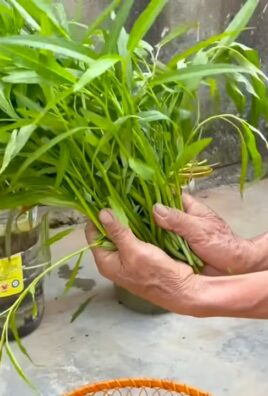
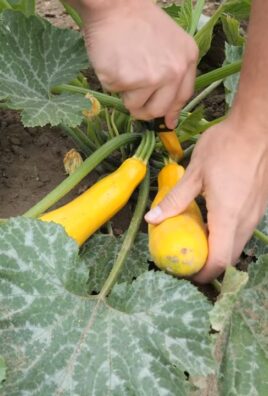
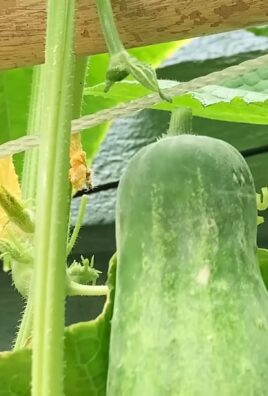
Leave a Comment